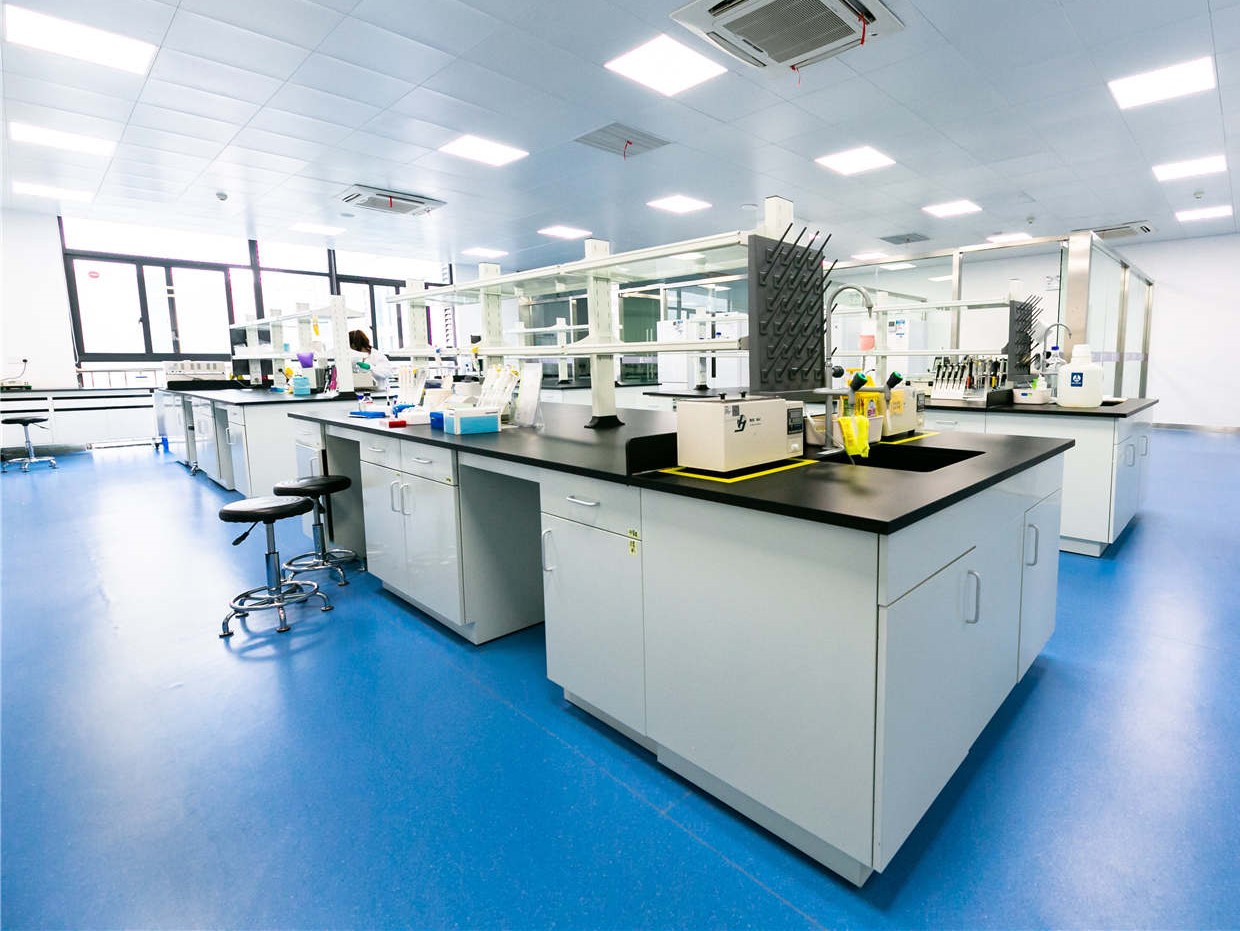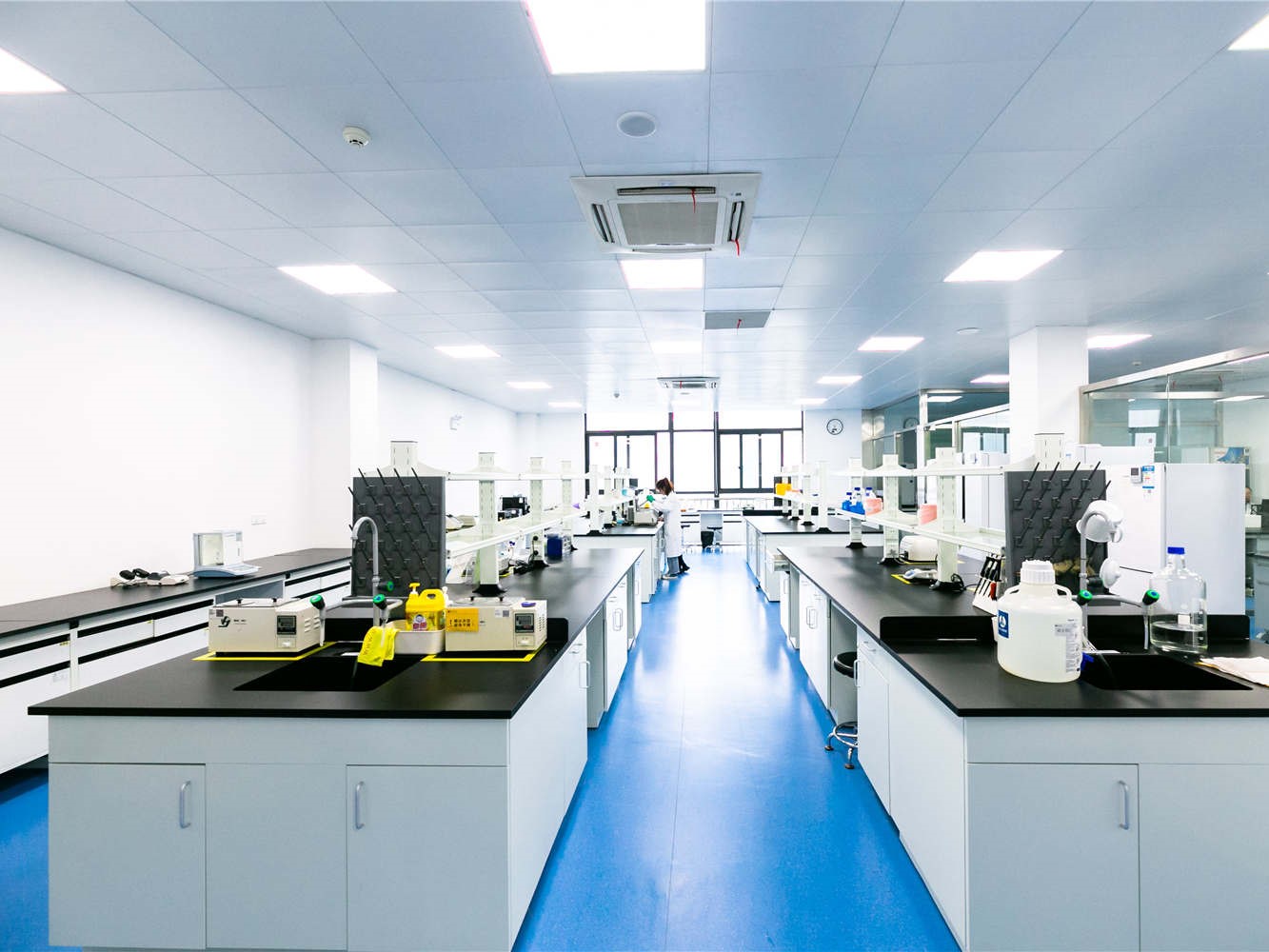

Environmental protection is paid more and more attention, especially with the increasing of haze weather. Clean room engineering is one of the environmental protection measures. How to use clean room engineering to do a good job in environmental protection? Let's talk about the control in clean room engineering.
Temperature and humidity control in clean room
The temperature and humidity of clean spaces are mainly determined based on process requirements, but when meeting process requirements, human comfort should be taken into account. With the improvement of air cleanliness requirements, there is a trend of stricter requirements for temperature and humidity in process.
As a general principle, due to the increasing precision of processing, the requirements for temperature fluctuation range are becoming smaller and smaller. For example, in the lithography and exposure process of large-scale integrated circuit production, the difference in thermal expansion coefficient between glass and silicon wafers used as mask materials is becoming increasingly small.
A silicon wafer with a diameter of 100 μ m causes a linear expansion of 0.24 μ m when the temperature rises by 1 degree. Therefore, a constant temperature of ± 0.1 ℃ is necessary, and the humidity value is generally low because after sweating, the product will be contaminated, especially in semiconductor workshops that are afraid of sodium. This type of workshop should not exceed 25℃.
Excessive humidity causes more problems. When the relative humidity exceeds 55%, condensation will form on the cooling water pipe wall. If it occurs in precision devices or circuits, it can cause various accidents. When the relative humidity is 50%, it is easy to rust. In addition, when the humidity is too high, the dust adhering to the surface of the silicon wafer will be chemically adsorbed on the surface through water molecules in air, which is difficult to remove.
The higher the relative humidity, the harder it is to remove the adhesion. However, when the relative humidity is below 30%, particles are also easily adsorbed on the surface due to the action of electrostatic force, and a large number of semiconductor devices are prone to breakdown. The optimal temperature range for silicon wafer production is 35-45%.
Air pressure control in clean room
For most clean spaces, in order to prevent external pollution from invading, it is necessary to maintain internal pressure (static pressure) higher than external pressure (static pressure). The maintenance of pressure difference should generally comply with the following principles:
1. The pressure in clean spaces should be higher than that in non clean spaces.
2. The pressure in spaces with high cleanliness levels should be higher than that in adjacent spaces with low cleanliness levels.
3. The doors between clean rooms should be opened towards rooms with high cleanliness levels.
The maintenance of pressure difference depends on the amount of fresh air, which should be able to compensate for the air leakage from the gap under this pressure difference. So the physical meaning of pressure difference is the resistance of leakage (or infiltration) air flow through various gaps in clean room.
Post time: Jul-21-2023

